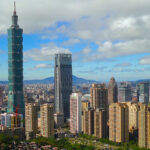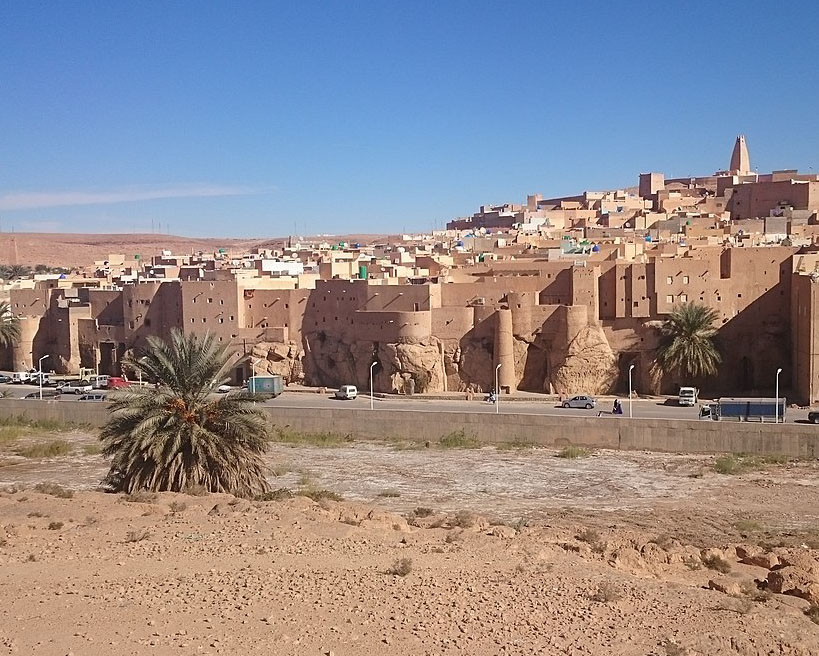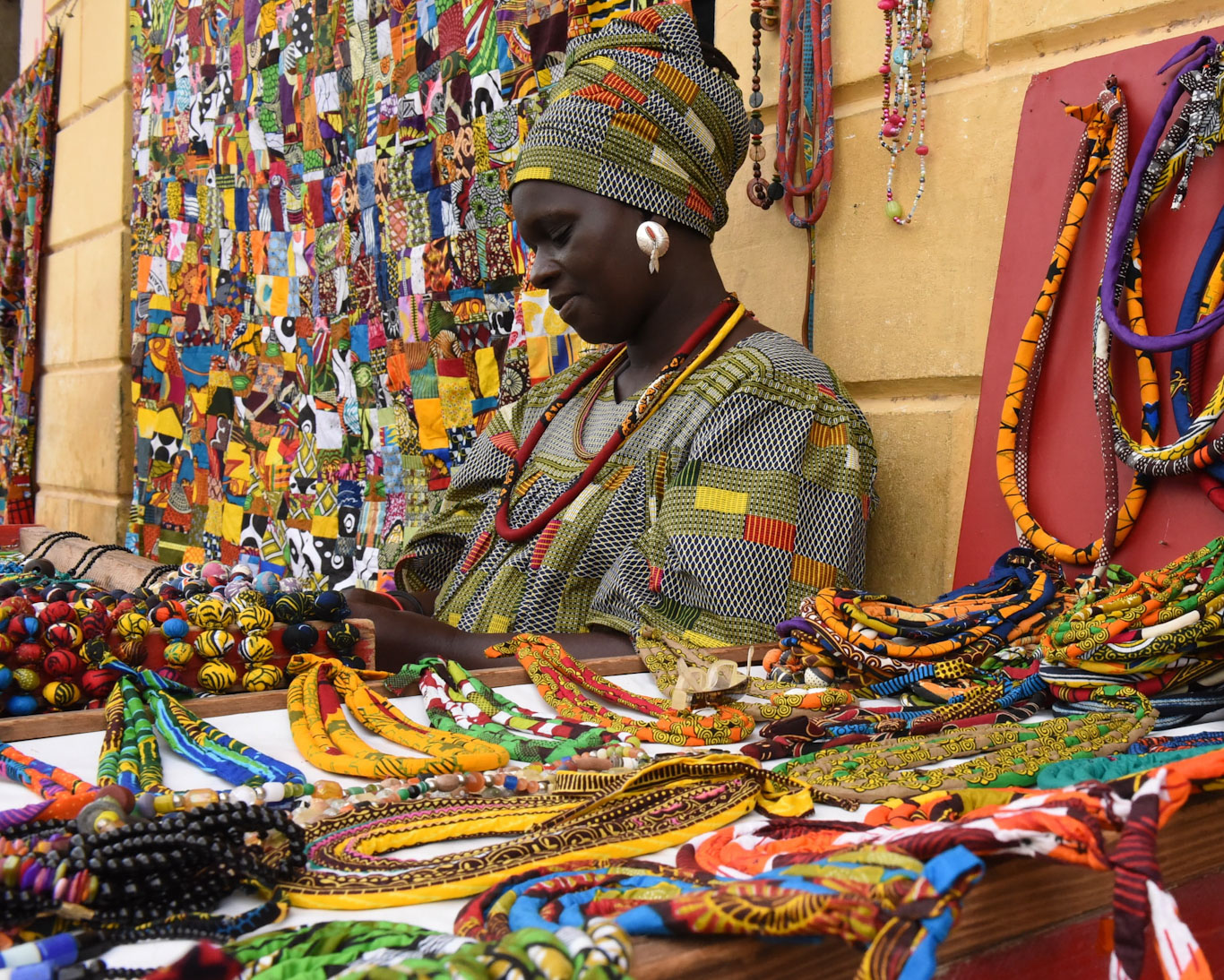Morocco has nine cultural heritage sites inscribed on the UNESCO World Heritage List, each with its own unique charm and significance.
Morocco has a long and varied past, which is reflected in its rich and diversified cultural legacy. Numerous civilizations and cultures, including the Phoenicians, Romans, Arabs, Berbers, Africans, and Europeans, have had an impact on Morocco. The 1972-established UNESCO World Heritage Convention defines Morocco’s cultural heritage sites as being important to natural or cultural heritage.
Each of the Morocco ‘s cultural heritage sites is unique and significant in its own right. We will investigate these locations and discover more about their history, architecture, and culture in this blog article.
Archaeological Site of Volubilis
In the north of Morocco, close to the city of Meknes, lies the archeological site of Volubilis. It was a significant Roman colony that was established in the third century BCE as Mauretania’s capital and subsequently served as the seat of the Idrisid dynasty. It included several structures with mosaic and sculpture decorations, including temples, basilicas, baths, forums, and villas. The location also contains remnants from the pre-Roman and Islamic cultures. An example of cultural fusion and adaptation between Roman and native North African civilizations is Volubilis.
Historic City of Meknes
One of Morocco’s four imperial cities, along with Fez, Marrakesh, and Rabat, is the ancient city of Meknes. The Almoravids established it in the eleventh century, and Sultan Moulay Ismail transformed it into a Spanish-Moorish metropolis in the seventeenth and eighteenth centuries. In addition to gardens, mosques, madrasas, granaries, stables, and walls, he constructed a sizable royal palace complex. A bustling medina (old town) with souks (markets), mosques, hammams (baths), and fondouks (caravanserais) is also present in the city. Meknes is a prime example of how Islamic and European urban design and architectural styles may coexist together.
Ksar of Ait-Ben-Haddou
Southern Morocco’s Ait-Ben-Haddou ksar (fortified settlement) is situated in the High Atlas mountain range’s foothills. It is a stunning illustration of a conventional pre-Saharan dwelling made of stone and dirt. The ksar is made up of a collection of clay structures that are fortified with corner towers and encircled by thick walls. Homes, public structures, mosques, and a caravanserai are among the structures. Additionally, the ksar features an irrigation system and cistern that enable cultivation in the dry area. The Berber people have lived in this area for generations, and the ksar of Ait-Ben-Haddou is a testament to their social and cultural customs.
Medina of Essaouira
On Morocco’s Atlantic coast, in Essaouira’s medina (old town), lies a fortified harbor. It was constructed by Sultan Sidi Mohammed Ben Abdallah in the late 18th century because he wanted to build a contemporary port city that could compete with competitors in Europe. He employed a French architect to create the city using European urban planning guidelines while yet honoring Moroccan customs. The end result is a city with a blend of European and North African architecture, distinguished by walls, arcades, and whitewashed homes with blue shutters. The medina also boasts a thriving cultural scene with festivals, music, and art. Essaouira serves as an example of how many civilizations and cultures may successfully engage in intercultural discussion.
Medina of Fez
Fez is one of the biggest and oldest medinas (old towns) in the whole world. Idris I established it in the ninth century, and it expanded to about the size it is now in the 12th and 13th centuries. More than 9000 lanes and alleyways link mosques, madrasas (schools), libraries, palaces, fountains, tanneries, dyers’ workshops, and souks (markets) in this maze-like city. Numerous monuments in the medina also display the aesthetic and architectural accomplishments of the numerous kingdoms that governed Morocco throughout the ages. A thriving urban community that maintains its medieval character and cultural identity is the medina of Fez.
Medina of Marrakesh
One more of Morocco’s four imperial cities is the medina (old town) of Marrakesh. It was established by the Almoravids as their capital in the 11th century and developed into a key political, economic, and cultural hub for Morocco and other countries. The Koutoubia Mosque, the Saadian Tombs, the Bahia Palace, and the Ben Youssef Madrasa are just a few of the structures that illustrate the city’s lengthy history. In addition, the medina features a well-known plaza called Jemaa el-Fnaa where daily performances of popular culture, including storytellers, musicians, and acrobats, take place.
Medina of Tetouan
Tetouan’s medina, or ancient town, is situated in northern Morocco close to the Strait of Gibraltar. After the Reconquista, Andalusian exiles left Spain and rebuilt the city that they had created in the eighth century. Its unusual Hispano-Moorish design is a result of the cultural fusion between Spain and Morocco. The mosques, madrasas, palaces, and homes throughout the medina are lavishly adorned with woodwork, stucco, and tiles. A bustling souk (market) that offers a variety of products and crafts is located inside the medina. Tetouan is an example of a cosmopolitan city that safeguards its cultural history and creative legacy.
Portuguese City of Mazagan
Western Morocco’s beach town of Mazagan, once known as El Jadida, is a Portuguese settlement. The Portuguese constructed it in the 16th century as a commercial port and fortified colony. Its distinctive design, which includes bastions, fortifications, churches, mosques, and cisterns, blends Moroccan and Portuguese architectural styles. A magnificent subterranean water system in the city provided water for both the locals and the ships. In the 18th century, the Portuguese abandoned the city, and the Moroccans eventually seized it and added their own structures and characteristics. An early meeting between European and Moroccan civilizations is represented by Mazagan.
Modern Capital and Historic City: Rabat
Morocco’s capital and one of its main cities is Rabat. Its lengthy and intricate history extends from the Phoenician period to the present. The Chellah necropolis, the Hassan Tower, the Mohammed V Mausoleum, the Kasbah of the Udayas, and the contemporary city center are just a few of the structures that serve as examples of the city’s many stages of history. With its museums, galleries, festivals, and organizations, Rabat is a hub for cultural and creative pursuits. A contemporary capital that honors its natural and historical history is Rabat.
The cultural heritage sites in Morocco provide inspiration and educational opportunities in addition to being beautiful and interesting locations. They highlight Morocco’s cultural variety and richness, as well as its relationships with other civilizations and cultures. They offer as tangible evidence of the Moroccan people’s ingenuity and tenacity in preserving and enhancing their cultural heritage through many centuries.
You may discover additional details on the UNESCO World Heritage website if you’re interested in visiting or learning more about these locations.

Nepal mountains
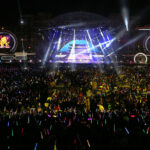
The Music of South Korea
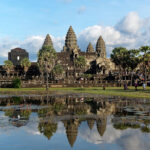
Secrets and Legends of Angkor Wat
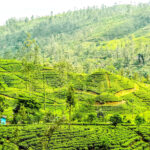
Scenic Tea Plantations in Sri Lanka
